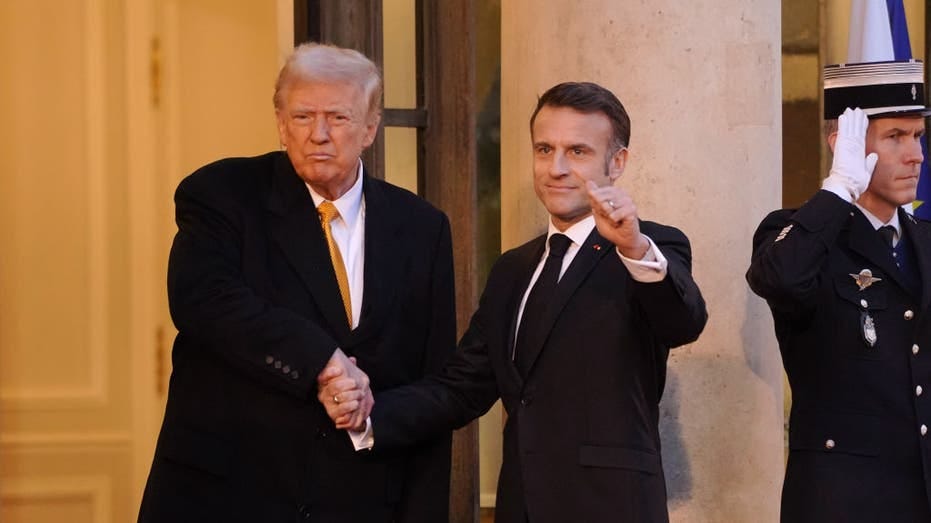🔋Two Sides Of The Same Coin
Biden and Trump both like tariffs, but here’s how they differ.
If you found this article interesting, click the like button for me! I would greatly appreciate it :)
In May of this year, the Biden administration struggled with the decision to continue the pause on solar panel tariffs from China. On one hand, his campaign had sneered at Trump’s aggressive use of tariffs during his first term. Still, it was concerned about the health of the domestic production of solar panels which were deemed an important industry in legislation like the Inflation Reduction Act. The answer came a week later with huge tariffs on Chinese products in what now looks like a bi-partisan protectionist policy. As discussed in Pick And Choose, the tariffs not only chose domestic solar manufacturers over developers, but extended to EVs, batteries, and more.
There are arguments from both sides these days for and against tariffs which can get confusing. My goal here is not to pick sides of the political debate, but hopefully provide a more nuanced take. While a great book on tariffs can be found here, my general thoughts on them can be summarized well in What A Rift. In short, I don’t think tariffs are a successful long-term economic strategy, but a protectionist scheme employed by overreaching governments to the dismay of consumers.
"All that a tariff can achieve is to divert production from those locations in which the output per unit of input is higher to locations in which it is lower. It does not increase production; it curtails it. - Mises, Human Action
Now that Trump has been renominated for president, his trade policies are at the forefront of the discussion. However, Biden has already implemented the most aggressive tariffs since the 1930s. While only affecting China, they were a big step since they are the second largest economy in the world. Biden’s goal with tariffs was to protect sensitive industries like EVs, battery manufacturing, solar, and heavy industry. These sectors are vital to the general goals of the administration such as renewables/EVs for climate change and are in conjunction with their IRA and Infrastructure policies.
Trump’s tariffs in the past were also aimed at China. More recently, it seems he is expanding the tariff initiative of the US globally. Expectations are that he will use tariffs as a bargaining chip to broker favorable trade deals with other countries. With the largest economy in the world and many lucrative high-tech industries, tariffs could be the weapon in case another government doesn’t want to play nicely. While other countries could retaliate, the aim is that the relative strength of the US will help these policies outlive those in retaliation.
Countries like France and Canada are already navigating the new regime. Before taking office, Trump met with Macron from France at a shaky time for French governance. On a similar token, Canadian Prime Minister Trudeau has been facing calls for resignation after Trump threatened tariffs and his lackluster response to the threats.
On the other side of the coin, Trump plans to use tax cuts to spur economic development amidst the tariffs. On the other hand, Biden has used subsidies to promote economic growth amidst his tariffs. At the end of the day, these are two sides of the same coin. Subsidies and tariffs vs unbudgeted tax cuts and tariffs both work to increase the federal deficit and keep cheap goods from US consumers. As a proponent of the free market, I prefer lower taxes to subsidies, but without cuts to other forms of government expenditure, the result is the same. The government will have to print loads of money to fund the excess that cannot be covered by taxes alone.
Assuming Trump can use tariffs as a negotiating tool to achieve an end, the outcome would be favorable. Once he does implement heavy tariffs like the Biden administration, the health of the US economy and consumer start taking hits over the long term. The US has a long history with tariffs, but things are heating up with the last few presidential terms. Until next week,
-Grayson
Leave a like and let me know what you think!
If you haven’t already, follow me at TwitterX @graysonhoteling and check out my latest post on notes.
Socials
Twitter/X - @graysonhoteling
LinkedIn - Grayson Hoteling
Archive - The Gray Area
Let someone know about The Gray Area and spread the word!
Thanks for reading The Gray Area! Subscribe for free to receive new posts and support my work.




